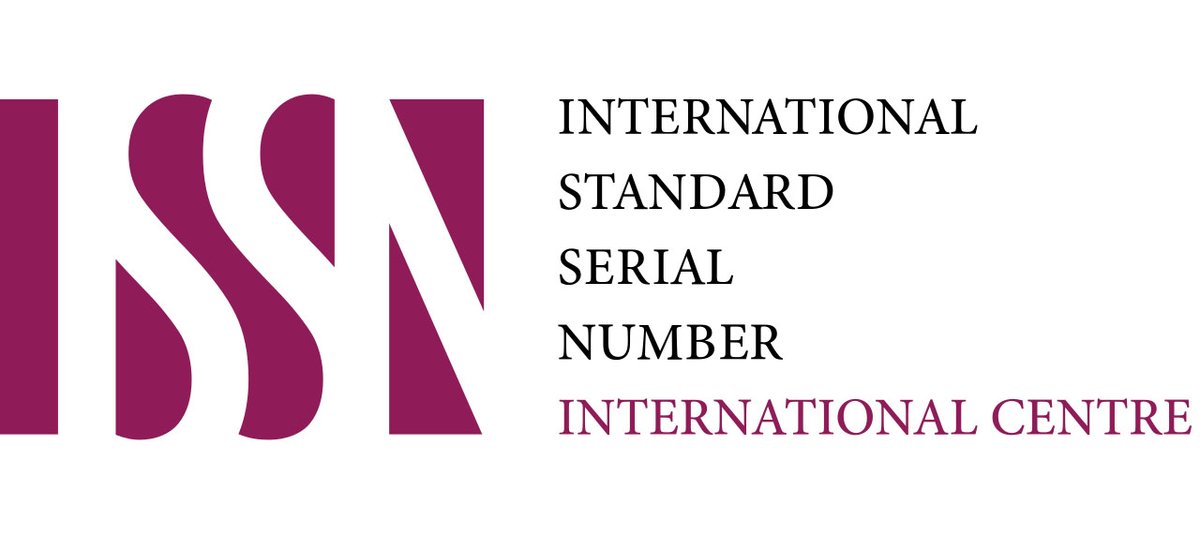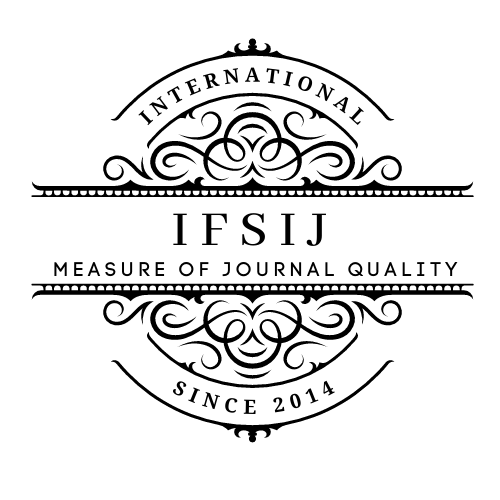APPLICATION OF THE POINT MERGE SYSTEM TO IMPROVE AIR TRAFFIC CONTROL EFFICIENCY UNDER INCREASING FLIGHT INTENSITY
Keywords:
Point Merge System (PMS), Air Traffic Control (ATC), Flight Intensity, Performance-Based Navigation (PBN), Sequencing Efficiency, Terminal Maneuvering Area (TMA), Controller Workload, Flight Path Optimization, Arrival Management.Abstract
With the steady growth in global air traffic, air navigation systems face increasing pressure to ensure safe, efficient, and timely aircraft sequencing and separation. This article explores the application of the Point Merge System (PMS) as a modern air traffic control technique designed to enhance operational efficiency under conditions of high flight intensity. PMS provides a structured and predictable approach to aircraft sequencing through predefined navigation points and systematic merge techniques, thereby reducing controller workload and minimizing delays. The paper analyzes the benefits of PMS in terms of fuel efficiency, airspace capacity, and environmental sustainability. Furthermore, it discusses the integration of PMS with performance-based navigation (PBN) and automation technologies as a scalable solution for future air traffic management.
Downloads
Published
Issue
Section
License

This work is licensed under a Creative Commons Attribution-NonCommercial-NoDerivatives 4.0 International License.















